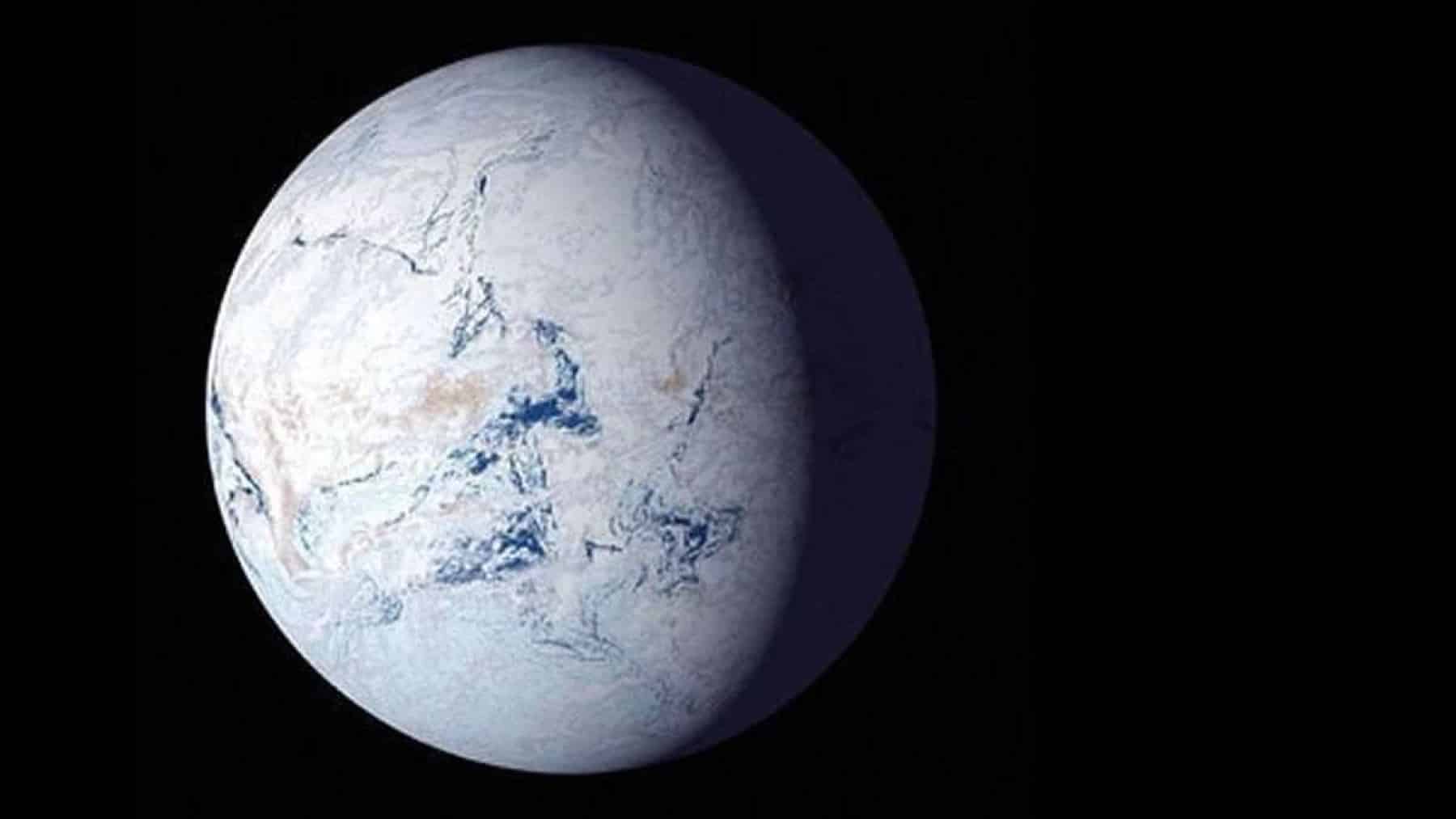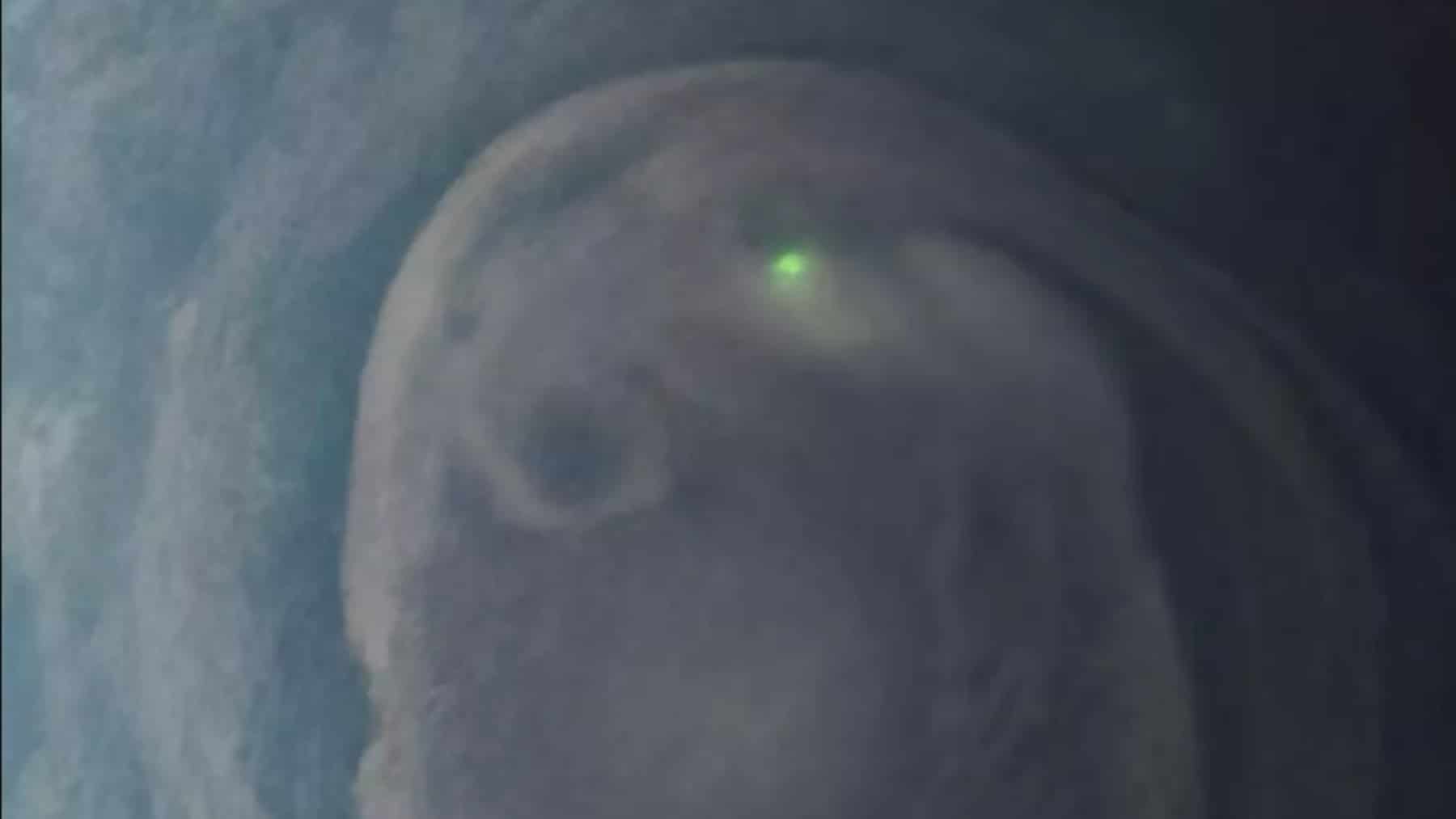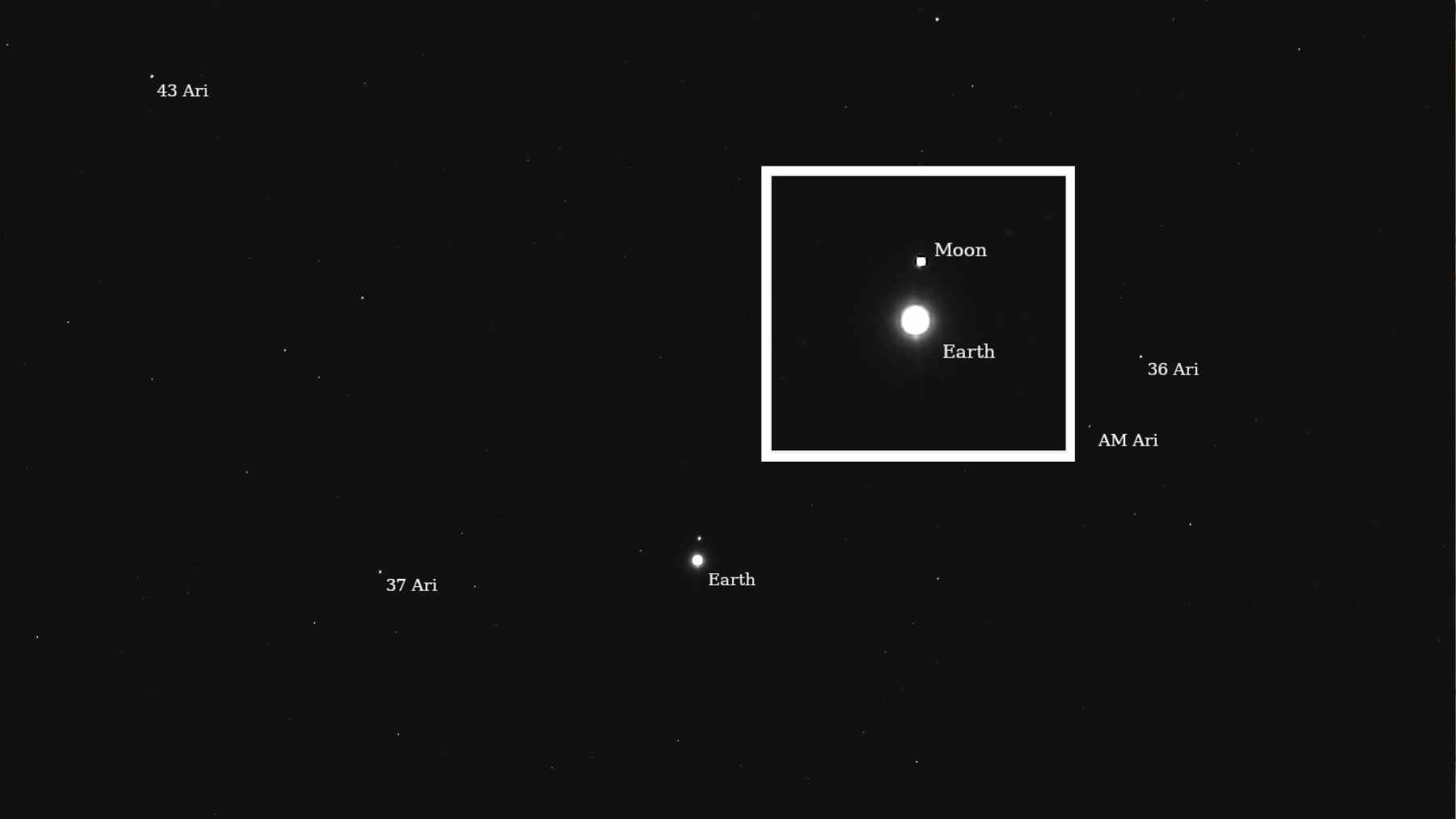NASA is abuzz with excitement over the latest incredible finding that has caught the attention of everyone from astronomers to astrobiologists. The discovery that has set them working overtime to figure out the secrets of what may very well prove to be humanity’s ‘best bet’ at finding life outside of planet Earth. This may be a new ‘super-Earth’ orbiting just 18 light-years from us.
Super-Earth discovery reveals promising habitable zone characteristics
The world of exoplanets has moved at such a pace that scientists have discovered an incredible planet known as GJ 251 c. This planet sits inside the ‘Goldilocks Zone’ that surrounds a red dwarf star. One of the factors that caught the attention of scientists is that it has the potential to have liquid water on its surface. The planet has a mass of four times that of Earth.
The finding has come from two decades of careful observation by the Habitable Zone Planet Finder at Penn State. The Habitable Zone Planet Finder is a spectrograph designed to spot planets like Earth. The scientists studied “wobbly” patterns of light from the host star that come from the gravitational pull of planets orbiting around it. The observation was made extremely difficult by the magnetic activity of the host star.
Advanced detection methods overcome stellar interference challenges
The latest computational modeling methods were used by scientists to identify real planetary signals from the noise of the stars. The scientists were able to determine that the planet exists based on the variation of light at various wavelengths.
Lunar water potential earns astrobiologists’ excited response
NASA is on high alert – The “mysterious frozen world next door that’s emitting signals that look like those of life” since the key significance of its position within our solar system has everything to do with the possibility of liquid water on the planet. The “signals” being emitted by the planet are not a form of communication like radio signals. Rather, it’s the planet’s orbital patterns that put it in a position that’s conducive to life.
The exoplanet’s position within the habitable zone of its host star provides it with the potential for liquid water on its surface, depending on atmospheric factors. The position of exoplanet GJ 251 c ranks it as one of the promising exoplanets that atmospheric observation missions hope to determine in the next decade. This exoplanet’s proximity to Earth makes it a candidate for missions that will offer images of planets in the next decade.
“We search for these kinds of planets because these planets offer us the opportunity to discover life off of Earth. The exoplanet exists in the habitable area or ‘Goldilocks Zone,’ an area just right enough from the star that water could flow on the surface of the planet should the atmosphere be just right.”
Exciting research possibilities have scientists making plans
The discovery timing couldn’t be more perfect for advancing exoplanet science. Upcoming 30-meter ground-based telescopes and space-based observatories will possess the technological capability to directly image GJ 251 c and analyze its atmospheric composition for potential biosignatures. These advanced instruments could detect oxygen, methane, water vapor, and other chemicals that might indicate biological processes occurring on the planet’s surface.
Research priorities include:
- Direct imaging of rocky exoplanets
- Atmospheric spectroscopy for biosignature analysis
- State-of-the-art coronagraph technique for suppressing stellar light
- Multi-institutional data sharing and analysis protocols
This incredible finding marks the most promising pursuit of extraterrestrial life by humanity as a whole. Although the “signals” in question do not imply messages from another civilization as one might initially assume, the possibilities of liquid water on planet GJ 251 c make it an incredible candidate for further investigation. The next decade may finally resolve whether humanity alone occupies the universe.














